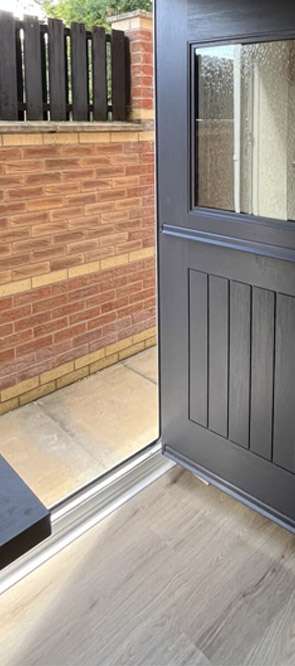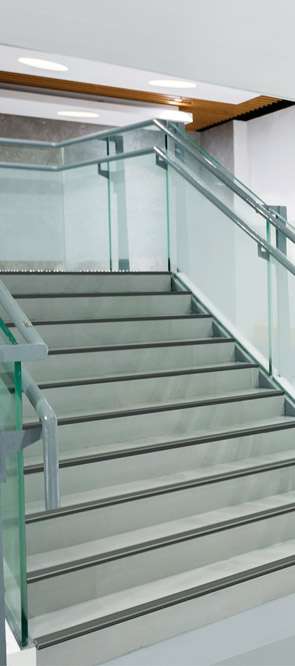Premium Pond Liners UK – Durable, Fish-Safe & Built to Last Outdoors
Transform your garden into a stunning watering place with our premium pond liners, specially crafted for UK conditions. Whether you’re designing a tranquil fish pond or an impressive water feature, our liners deliver unmatched reliability and durability. Built to withstand harsh weather, these liners are engineered to offer superior protection against leaks, tears, and punctures. With their flexible nature and exceptional resilience, you can effortlessly shape and mould them to suit any pond design you envision.
Our collection features fish-safe pond liners made from the highest quality materials. Each type is exact designed to be UV-resistant and environmentally friendly, ensuring your aquatic life remains healthy and thriving. Unlike cheaper alternatives, our pond liners provide long-lasting waterproofing that prevents leaks from ruining your carefully designed pondscape. From small garden ponds to extensive natural-looking water features, we offer liners in a variety of sizes and thicknesses to serve to all your needs.
Maintaining your pond’s beauty and functionality is simple with our durable pond liners. Designed to endure years of use, they offer a protective barrier that keeps your water pristine and secure. They are especially ideal for koi ponds and wildlife ponds where the safety of fish and aquatic plants is paramount. It’s about creating a flawless water feature that stands the test of time, even in the unpredictable UK climate.
Shop from our store today to find the perfect pond liner for your UK garden. We pride ourselves on offering high-quality, fish-safe liners that deliver exceptional performance and longevity. Whether you’re searching for flexible rolls, custom-sized liners, or preformed options, we’ve got everything you need to build or enhance your pond. Browse our collection and experience the difference our premium pond liners can make in your garden. Order now and enjoy reliable, long-lasting protection for your beautiful water feature.




